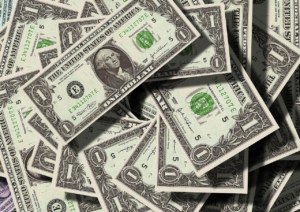 Taxpayers who receive certain types of income may need to have backup withholding taken from these payments. Backup withholding can apply to most payments reported on Forms 1099 and W-2G.
Taxpayers who receive certain types of income may need to have backup withholding taken from these payments. Backup withholding can apply to most payments reported on Forms 1099 and W-2G.
Here are some facts to help taxpayers understand backup withholding and determine if they should have it withheld from their income payments.
First, here’s what backup withholding is…
The person or business paying the taxpayer doesn’t generally withhold taxes from certain payments. They don’t do this because it’s assumed the taxpayer will report and pay taxes on this income when they file their federal tax return. There are, however, situations when the payer is required to withhold a certain percentage of tax to make sure the IRS receives the tax due on this income. This is what’s known as backup withholding.
Backup withholding is set at a specific percentage…
The current percentage is 24 percent.
Here are some payments subject to backup withholding…
- Interest payments
- Dividends
- Payment card and third-party network transactions
- Patronage dividends, but only if at least half the payment is in money
- Rents, profits, or other gains
- Commissions, fees, or other payments for work done as an independent contractor
- Payments by brokers
- Barter exchanges
- Payments by fishing boat operators, but only the part that is paid in actual money and that represents a share of the proceeds of the catch
- Royalty payments
- Gambling winnings
Here are some situations when the payer must take out backup withholding…
- If a taxpayer identification number is missing. A taxpayer identification number specifically identifies the taxpayer. This includes number like a Social Security number and an individual taxpayer identification number.
- If the name provided does not match the name registered with the IRS for a specific TIN, taxpayers should make sure that the payer has their correct TIN.
